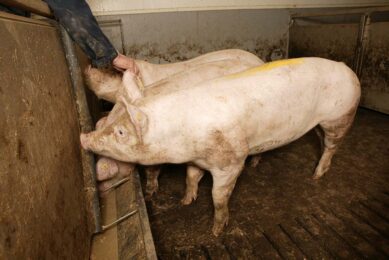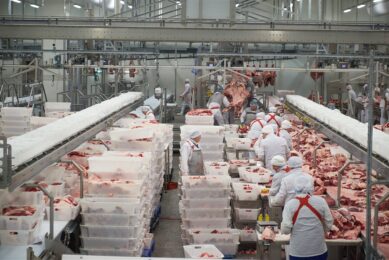Research: L. monocytogenes prevalence in Parma ham process
Italian researchers studying Listeria monocytogenes contamination in the Parma ham production process have concluded that drying is the most effective treatment for discouraging L. monocytogenes contamination.
In the study published online in Food Control (25; 1: 150-158) the researchers followed 774 swine carcasses along the Parma ham production chain.
The samples originated from the same carcass, collected over the several stages in the production process amounting to 132 samples per carcass.
The samples were characterised by Pulsed-Field Gel Electrophoresis (PFGE), a technique that separates large molecules such as DNA through the application of alternating current passed through a gel medium.
L. monocytogenes was present in all stages of processing: 0.2% (faeces at intestine removal from carcasses), 3.0% (swabbing of carcasses), 12.5% (fresh hams) and 2.0% prevalence (dry-cured hams).
The greatest prevalence was when the hams were fresh, but rapidly decreased during the dry-curing stage.
Join 18,000+ subscribers
Subscribe to our newsletter to stay updated about all the need-to-know content in the pigsector, three times a week. Beheer
Beheer










 WP Admin
WP Admin  Bewerk bericht
Bewerk bericht